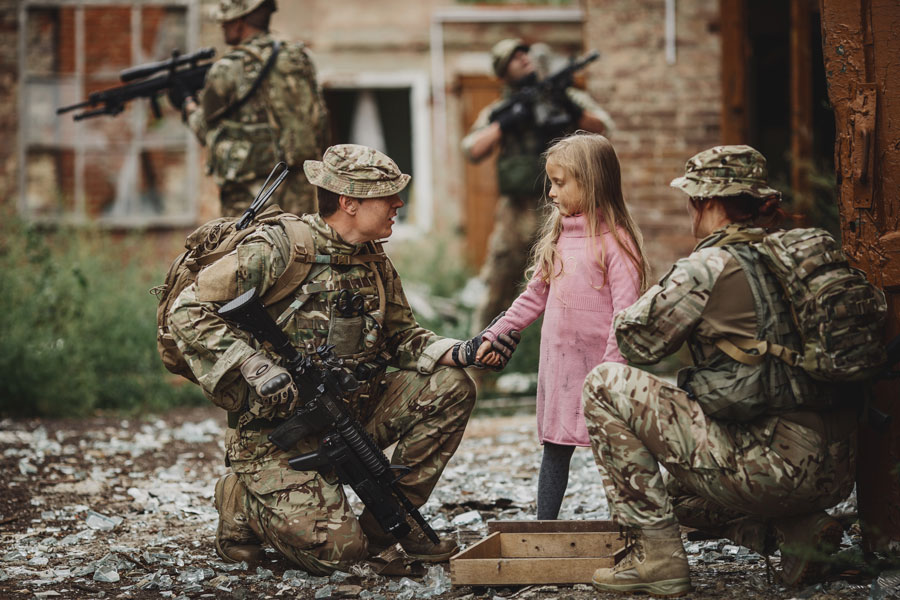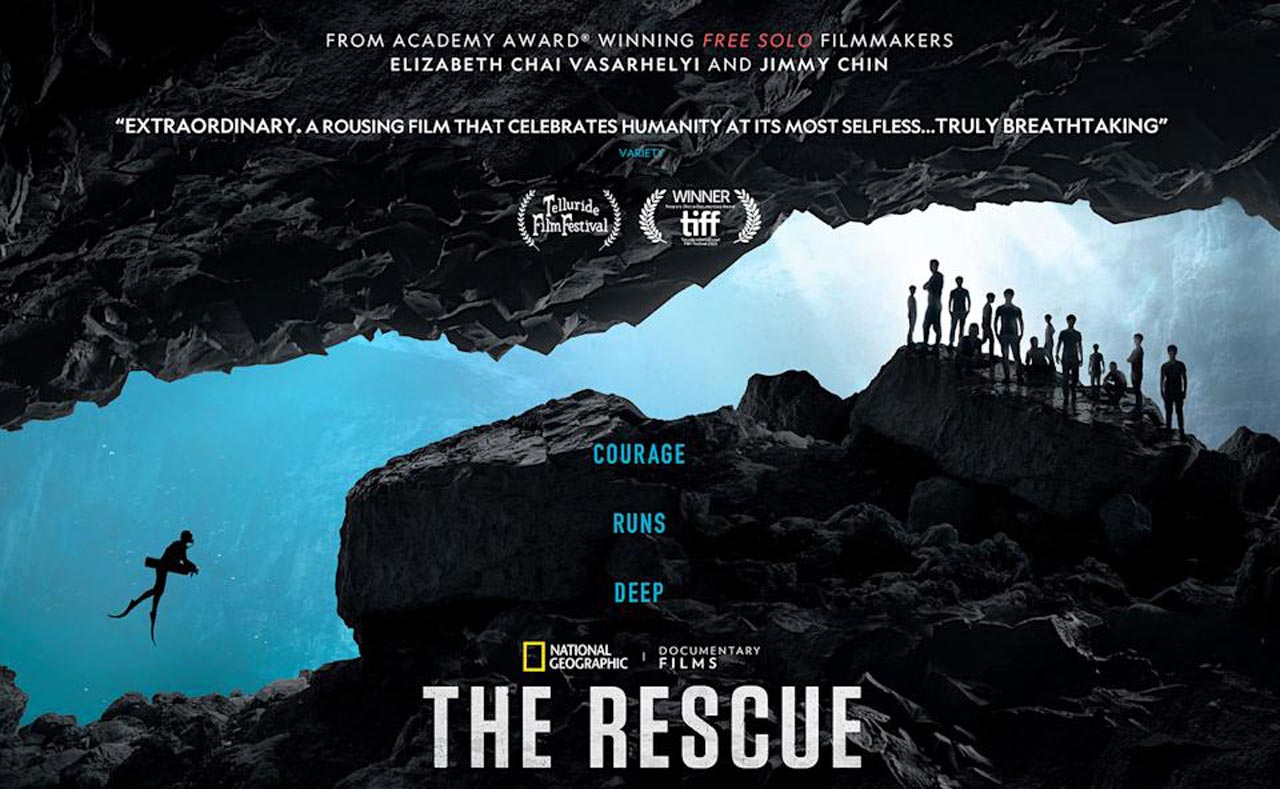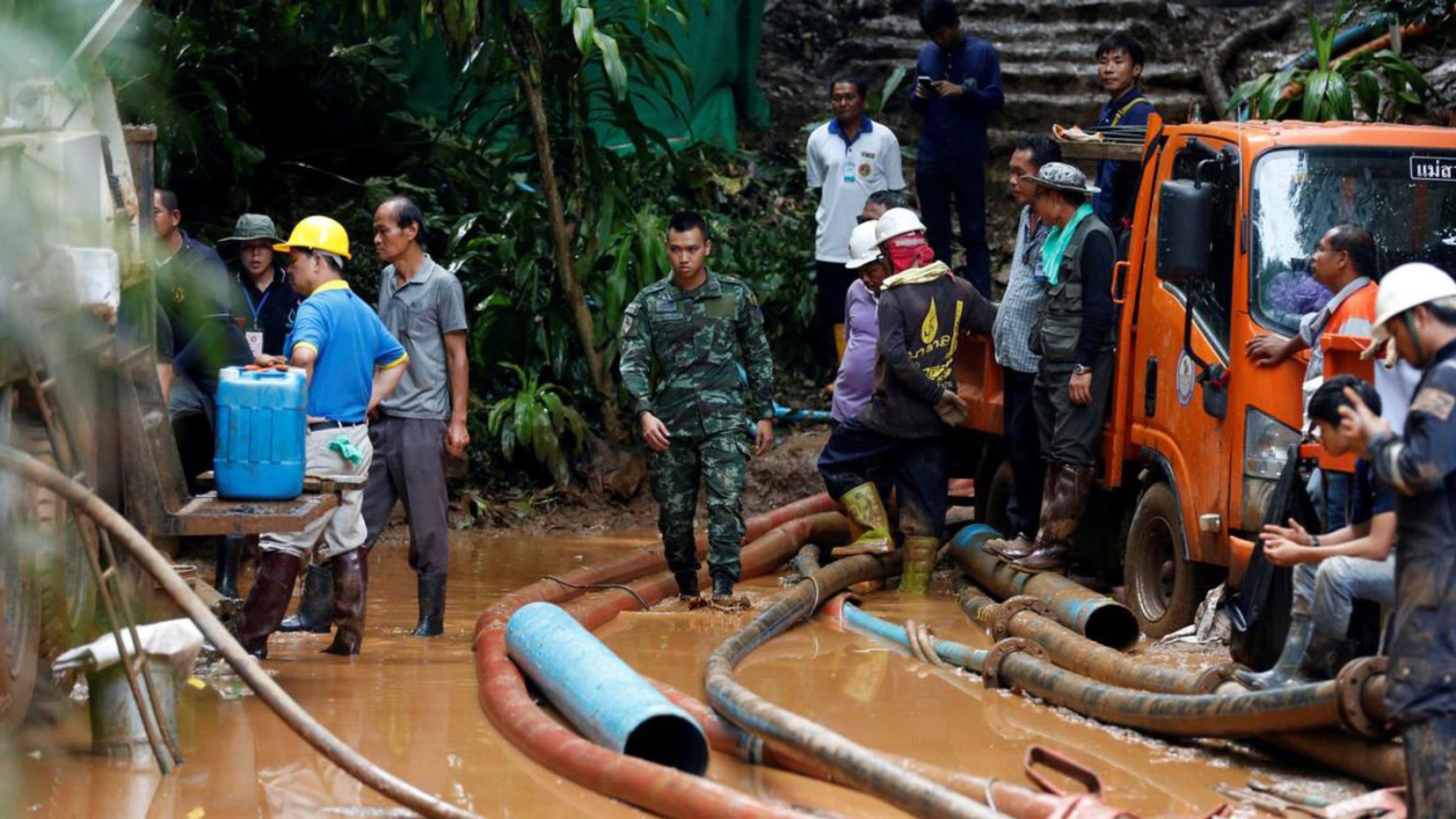The Heroic Thai Diver Rescue Teaches Us Generosity
Have you seen the National Geographic documentary “The Rescue” ? It’s the story of the supremely skilled (but usually reclusive) cave divers and a world community of volunteers and military teams that gathered from across the globe to rescue twelve young athletes and their coach who had been trapped by rapidly rising floodwaters in a two-mile-long cave in Thailand.
Although I knew how the saga ended, having followed the mission on the news, the documentary was so engaging that I found myself in tears and holding my breath in several places as the rescue unfolded.

The theme that kept popping up during the documentary was “generosity.” A Thai military spokesman spoke of the generosity of the villagers, the divers, and the rest of the world, to make themselves available, most as volunteers, to carve a way out of no way to find a happy ending.
To my mind, generosity was a strangely wonderful thing to emphasize. But in the Thai culture, generosity is trained into young minds, so hearing the word from a military man would not not have been surprising to them, but was to many of us.
In “The Rescue” documentary, we watch as what appears to be an entire village of people stop doing whatever they normally do on a daily basis, to serve as volunteers for more than a week. They do this to help keep the rising floodwaters from entering the cave in which they hope the boys are still alive. The able-bodied divert incoming water with sandbags; those unable to serve in this way take up positions to pray to the goddess of the cave to spare the boys’ lives and to support the worried, teary-eyed mothers who are awaiting the fate of their children inside the cave.
While the villagers are doing this, the quickly summoned international cave divers are doing their part. So are the news reporters and camera operators from across the globe. Suddenly, a normally quiet village becomes this new organism dedicated to a singular mission: determine if the boys are still alive and, if they are, find some previously unheard of, miraculous way to get them out of a flooded two-mile-long cave tunnel before the monsoon season begins in earnest a few days hence and washes away all hope of rescue.

It’s an edge-of-your-seat documentary, even when you know the outcome, because none of the rescuers knew what the outcome would be until it occurred, and this documentary takes you into their minds as they sought ways to make a miracle happen for thirteen trapped children and the parents and world that breathlessly awaited a happy ending while fearing the worst.
Generosity across Cultures
When many of us outside of Thailand think of generosity, we often think of monetary donations: billionaires giving multiple millions of dollars to fight diseases or hunger, individuals leaving bequests in their wills to their favorite causes or charities, etc. All well and good.
But true generosity of spirit surpasses the transfer of money from an individual to other causes.
Across the world in all cultures, moral behavior (measured here as generosity) is age-related. As children become more mature, “mine” (“my toys, my Mom and Dad, and my books”) becomes “ours” as children learn that they aren’t the center of the universe and that other people’s needs and interests must also be considered.

In the Thai culture, according to Dr. Suntaree Komin, a Thai psychologist and Fulbright Scholar, author of Psychology of the Thai People: Values and Behavioral Patterns, “Reciprocity of kindness, particularly the practice of being grateful, is a highly valued characteristic in Thai society. The Thai have been socialized to value this grateful (Katanyu) quality in a person. A person should be grateful to persons who render Bunkhun (goodness, help, favors) to him or her. Bunkhun must be returned, often on a continuous basis and in a variety of ways [generosity among them!], because Bunkhun should not and cannot be measured quantitatively in material terms.”
To Arishaa Khan, a Pakistani Muslim, “Generosity comes from the desire to give one’s treasured time or talent to another. The concept of generosity is both innate and learned; one’s upbringing defines a lifestyle just as much as one’s surrounding. It’s not necessary to have a bountiful pool of resources to give; rather, all that’s needed is the desire to give of what you do have. Generosity can simply bring a smile to someone’s face just as much as it can bring groups of diverse minded people together in harmony. The simple gesture of generosity can go quite a long way.”
To Ming Hu, from China, “First, generosity is to love oneself. Loving oneself is the prerequisite to truly love others. Second, generosity is to love others. Generosity is to share our lives with others and help each other to live fully. And, finally, generosity means being humble. Too much pride leads to self-importance and the feeling of being different from or more excellent than others. Pride cannot feed generosity. Being humble means one understands the vulnerability of individuals and the need for interdependence.

To Chris Smith, a Christian, “Generosity is being willing to share ourselves with others, and it takes many forms: lending a listening ear, visiting the sick, inviting others to share a meal, sharing monetary and non-monetary resources. Anyone can be generous; one does not need to have extensive wealth to share generously with others.”
Every day, generosity is calling. Generosity has been sown into our character, usually at a very young age.
How?

Usually by way of having a parent or other authority figure show a young one how “mine” is a word that excludes other people that they care about from experiencing the same joy. When a parent or caregiver encourages a little one to share their toys, or their crackers or cookies, or their umbrella when it’s raining, the child realizes that it feels so good to give. The receiver of the gift of generosity usually says, ‘thank you,’ and may even offer a hug, and often will reciprocate in some other way when they get the chance.
Because giving feels better (is of a higher vibration) than hoarding does, it becomes a habit over time. “Let me help you with that.” “I’m here. How can I help?” Talk about a natural endorphin rush – generosity can make both you and the recipient of your generosity feel like a million!
Sharing your time with another is an act of generosity.
Holding only good thoughts for others is an act of generosity.
There are literally hundreds of seemingly small touches of generosity that have been the turning point in so many lives. There are stories of men and women who returned to their benefactor — who perhaps had just smiled at them one day — to tell them that they were on their way to kill themselves, but that their one gesture of “I see you – sending love!” made them realize that there was still joy and goodness alive in the world, and they decided to stick around and experience more of it.
Right now, especially during this pandemic, there is so much disconnection, despite all our efforts on social media, that a lot of people feel unseen, unknown, and unloved. The suicide rate has escalated enormously. This is the perfect time to watch for ways to be generous with your time, your talent, your money. It’s always time for generosity. It doesn’t take a worldwide pandemic to help us realize we’re holding each other by mere thread in so many cases. Every single act of generosity, no matter how small, adds bulk and substance to the thread, building those threads into cords, and cords into ropes, and ropes into cables.
I love the saying, “If you think you’re too small to make a difference, try going to bed with a mosquito in your room.”
People who are hearing nothing at all, or only chaos and confusion, will certainly hear you, no matter how small your acts of generosity toward them.
Generosity is yet another way to create a world that everyone wants to remain a part of. It’s especially vital right now.
Be the light you want to see in the world.


